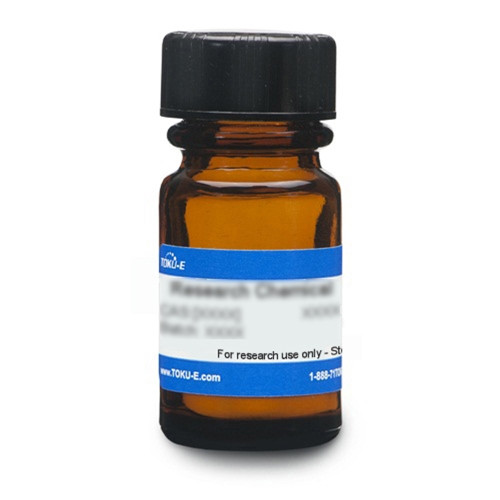Cefmenoxime HCl is the hydrochloride salt form of Cefmenoxime, a third-generation, semi-synthetic, β-lactam cephalosporin with broad-spectrum antibacterial activity.
| Mechanism of Action | Like β-lactams, cephalosporins interfere with PBP (penicillin binding protein) activity involved in the final phase of peptidoglycan synthesis. PBP’s are enzymes which catalyze a pentaglycine crosslink between alanine and lysine residues providing additional strength to the cell wall. Without a pentaglycine crosslink, the integrity of the cell wall is severely compromised and ultimately leads to cell lysis and death. Resistance to cephalosporins is commonly due to cells containing plasmid encoded β-lactamases. |
| Spectrum | Effective against Gram-positive and Gram-negative bacteria. |
| Microbiology Applications | Cefmenoxime is commonly used in clinical in vitro microbiological antimicrobial susceptibility tests (panels, discs, and MIC strips) against Gram-positive and Gram-negative microbial isolates. Medical microbiologists use AST results to recommend antibiotic treatment options. Representative MIC values include:
For a complete list of Cefmenoxime MIC values, click here |
| Eukaryotic Cell Culture Applications | Human corneal endothelia cells (HCECs) were grown in culture to assess the toxicity of Cefmenoxime solutions as a model for post-operative eye infection. Cell survival after 48 h exposure was evaluated with the WST assay. Cefmenoxime was the least toxic antibiotic of the antibiotics tested which include levofloxacin, moxifloxacin, and gatifloxacin. This solution is unlikely to cause cell damage. (Ayaki et al, 2010) Transcellular transport was studied in a kidney epithelial cell line (LLC-PK1). There were no directional differences between the directional transport (apical-to-basolateral and vice versa) suggesting the NMTT group does not influence the transport of β-lactam antibiotics (Goto et al, 1998). |
| Molecular Formula | (C16H17N9O5S3)2 • HCl |







